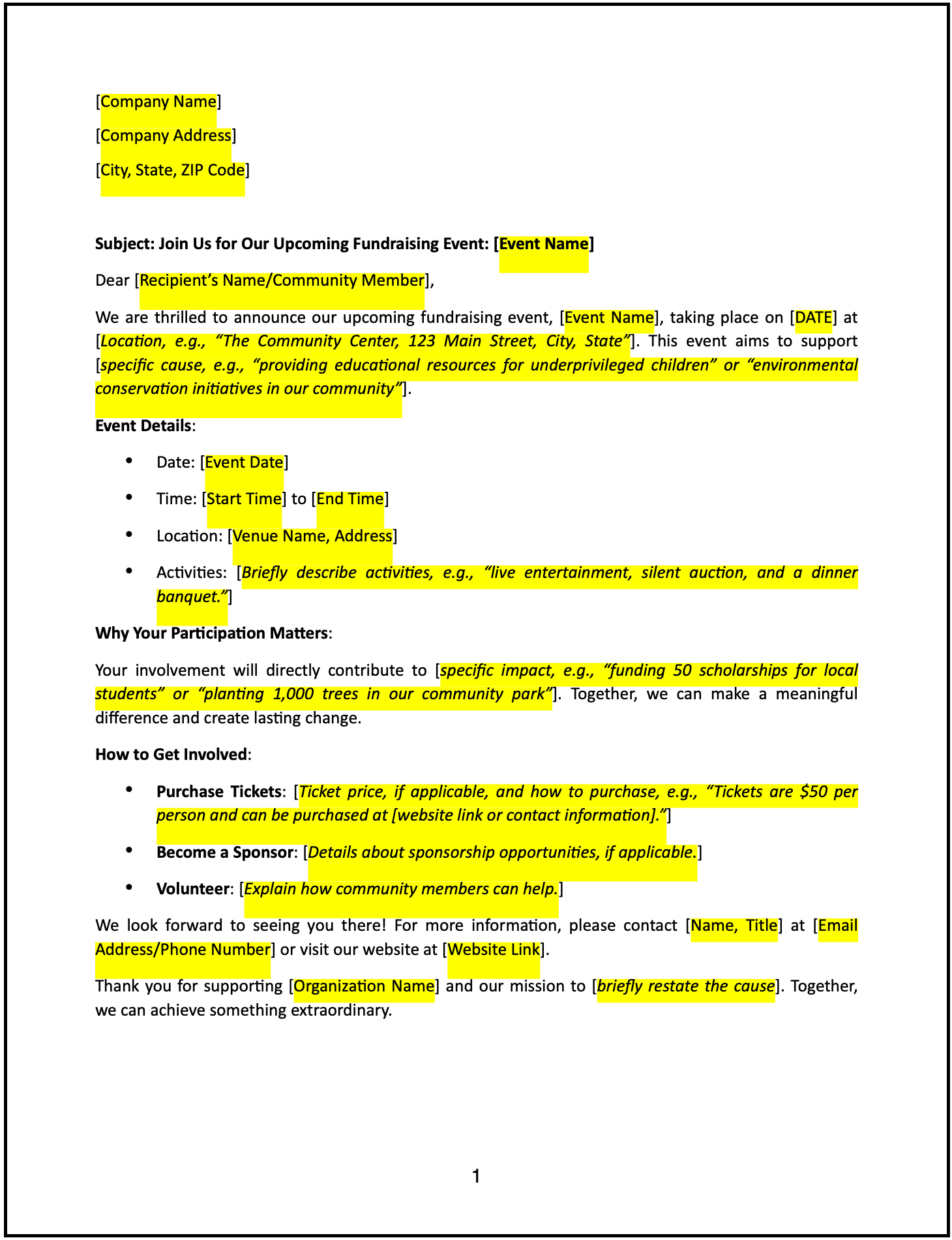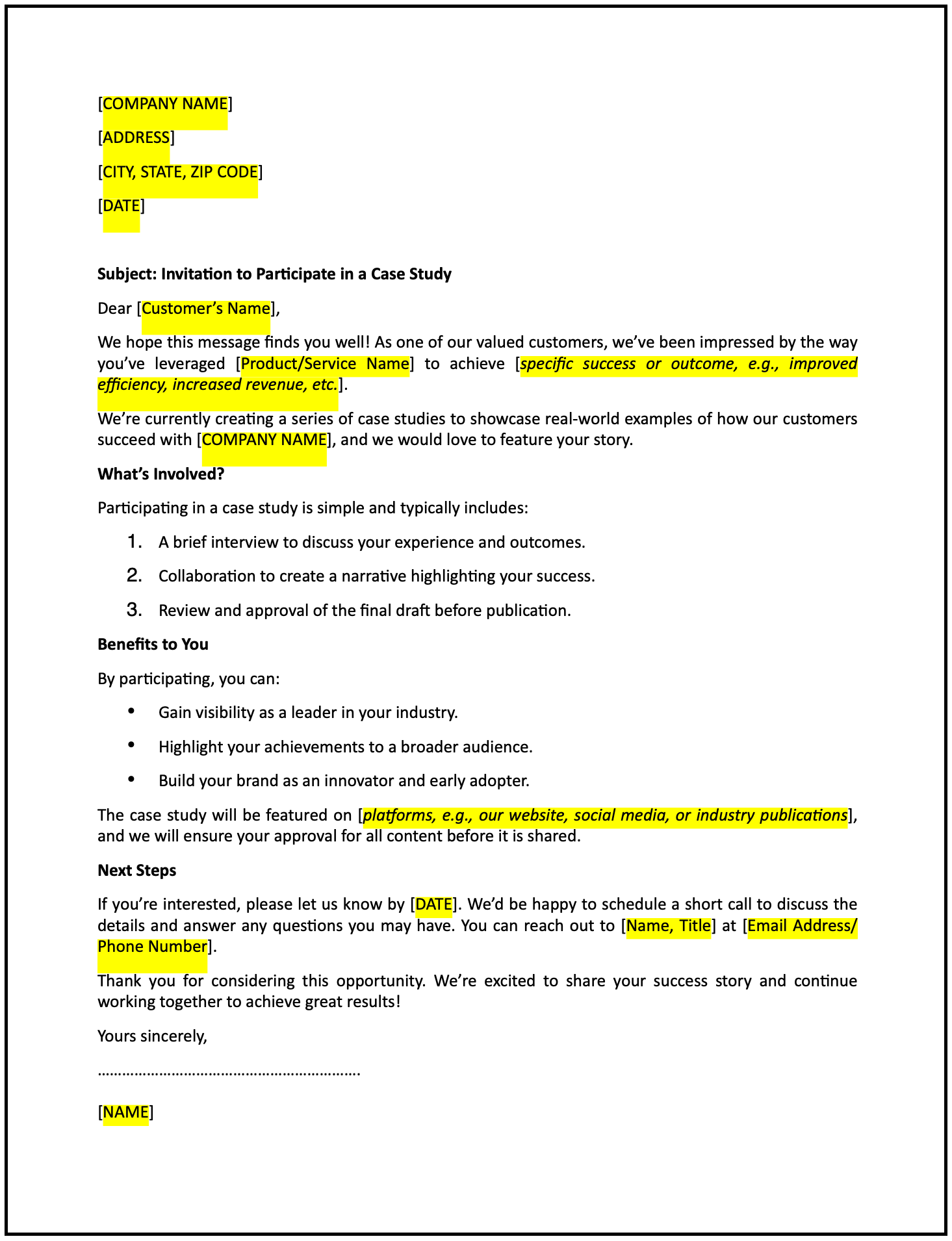Employee termination due to misconduct letter: Free template

Employee termination due to misconduct letter
An employee termination due to misconduct letter is a formal way to communicate the termination of an employee’s contract based on a violation of company policies or standards. This letter provides clarity about the decision, outlines the misconduct, and details the next steps in the termination process.
How to use this employee termination due to misconduct letter
- Open with acknowledgment: Begin by referencing the incidents or behaviors that led to the termination decision.
- State the decision: Clearly communicate that the employee’s contract is being terminated due to misconduct.
- Describe the misconduct: Provide specific details about the actions or behaviors that violated company policies, referencing any prior warnings or investigations.
- Reference company policies: Mention the specific policies, rules, or standards that were breached, ensuring the reasoning is clear.
- Outline next steps: Include information about final payments, benefits, return of company property, and any other termination procedures.
- Maintain professionalism: Ensure the tone is respectful, firm, and clear.
- Provide contact information: Include details for the employee to reach out with any questions about the termination process or final settlements.
Benefits of using an employee termination due to misconduct letter
This letter template ensures a structured and professional way to address misconduct while maintaining transparency and protecting the organization’s interests. Here’s how it helps:
- Provides clarity: Clearly outlining the reasons for termination minimizes misunderstandings.
- Ensures professionalism: A respectful and factual tone reinforces the organization’s credibility and seriousness.
- Reduces disputes: Citing specific misconduct and policies minimizes potential conflicts or legal challenges.
- Supports documentation: Creating a formal record of the termination is valuable for HR and compliance purposes.
- Encourages closure: Outlining next steps helps the employee understand the process and move forward.
Tips for writing an effective employee termination due to misconduct letter
- Be specific: Clearly describe the misconduct, referencing incidents, dates, and applicable policies.
- Use professional language: Maintain a respectful and firm tone to convey the seriousness of the decision.
- Reference prior warnings: If applicable, mention any warnings or corrective actions previously issued.
- Include next steps: Outline termination procedures, such as returning company property or final payments.
- Keep it concise: Focus on the key points while ensuring the message is clear and professional.
Frequently asked questions (FAQs)
Q: What details should I include in this letter?
A: Include the misconduct details, applicable policies, termination decision, and next steps for the employee.
Q: Should I personalize the letter?
A: Yes, addressing the employee directly and referencing specific incidents ensures clarity and attentiveness.
Q: Who typically sends this letter?
A: The employee’s manager, supervisor, or an HR representative usually sends this letter.
Q: How formal should this letter be?
A: The tone should be highly professional and firm, focusing on clarity and compliance.
Q: When should this letter be sent?
A: Send the letter promptly after the decision to terminate has been made and properly documented.
Q: Can this letter include an offer for an exit meeting?
A: Yes, offering an exit meeting allows the employee to ask questions and ensures a smooth process.
Q: Is acknowledgment from the recipient required?
A: While not mandatory, requesting acknowledgment ensures the employee understands the decision.
This article contains general legal information and does not contain legal advice. Cobrief is not a law firm or a substitute for an attorney or law firm. The law is complex and changes often. For legal advice, please ask a lawyer.


